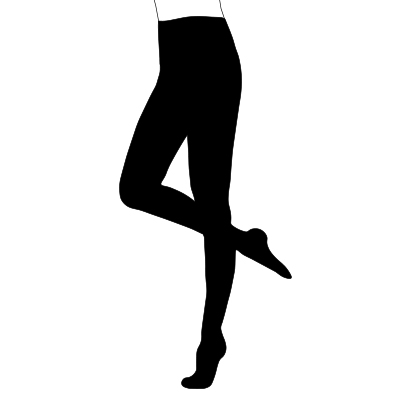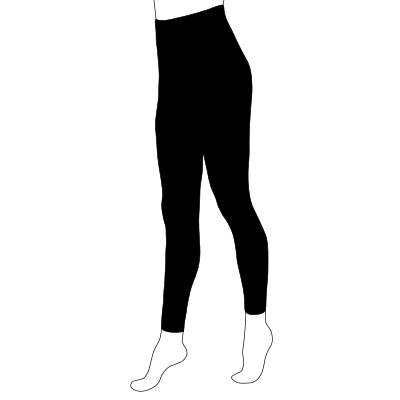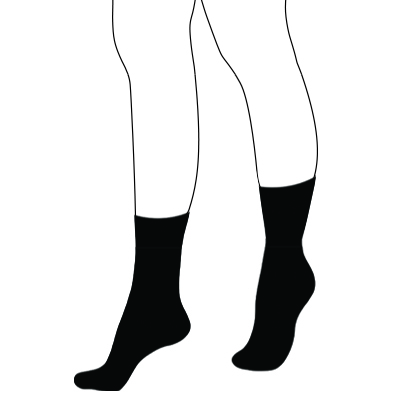GBP 15,00
GBP 12,00
GBP 15,00
GBP 12,00
GBP 15,00
GBP 15,00
GBP 12,00
GBP 15,00
GBP 12,00
GBP 15,00
GBP 12,00
GBP 15,00
GBP 12,00
GBP 15,00
GBP 12,00
GBP 15,00
GBP 12,00
GBP 15,00
GBP 12,00
The Benefits of Compression Socks
Compression socks have become increasingly popular, not only among athletes but also among those who spend long hours on their feet or are looking to improve their overall circulation. These specialized socks are designed to apply gentle pressure to your legs, which helps promote blood flow from the lower extremities back toward the heart. Whether you're recovering from surgery, managing a chronic condition, or simply trying to enhance your performance during exercise, compression socks can offer significant benefits.
Compression socks work by providing graduated pressure on the legs, meaning the pressure is strongest at the ankle and gradually decreases as it moves up the leg. This design helps combat issues like poor circulation, swelling, and the risk of blood clots, especially for those who are prone to prolonged periods of standing or sitting. By encouraging better blood flow, compression socks can also reduce the discomfort caused by varicose veins and prevent deep vein thrombosis (DVT), a serious condition that can occur during long flights or extended immobility.
While anyone can benefit from compression socks, they are particularly recommended for certain groups. Athletes, especially runners and cyclists, often use compression socks to help improve performance by increasing oxygen delivery to muscles and reducing fatigue. Healthcare workers, retail employees, and others who stand for long hours can also benefit from the support these socks provide, helping to alleviate leg pain and swelling.
Compression socks are also valuable for travelers on long flights or road trips. Being seated for extended periods can lead to blood pooling in the legs, which increases the risk of clotting. Wearing compression socks during travel helps maintain proper circulation and reduces this risk.
When selecting compression socks, it’s essential to consider the level of compression, which is measured in millimeters of mercury (mmHg). Lower levels of compression (15-21 mmHg) are ideal for everyday use, while higher levels (23-32 mmHg or more) are often recommended for medical conditions or post-surgery recovery. It’s always a good idea to consult a healthcare professional if you're unsure about which compression level is right for you.
In conclusion, compression socks offer a simple yet effective way to enhance circulation, reduce discomfort, and improve overall leg health. Whether for athletic performance, medical needs, or everyday comfort, they are a versatile tool in maintaining better leg and vein health.





-1.w315.h195.png)






.jpg)
.jpg)

-1.jpg)
-2.jpg)




-1.jpg)
-1.jpg)


-4.jpg)

































































